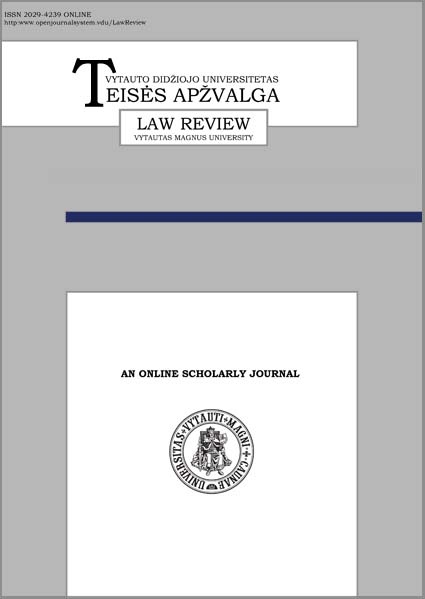Efektyvus nusikaltimo tyrimas ir Europos principas „ne bis in idem“
Effective Investigation of Crime and the European „ne bis in idem“ Principle
Author(s): Arkadiusz LachSubject(s): Law, Constitution, Jurisprudence, International Law, EU-Legislation
Published by: Vytauto Didžiojo Universitetas
Keywords: Ne bis in idem; Convention Implementing the Schengen Agreement; Mutual recognition; European law;
Summary/Abstract: The judgment of the Court of Justice of 21 December 2016 in the Kossowski case (C – 486/14) introduced a partly new interpretation of article 54 of the Convention Implementing the Schengen Agreement of 14 June 1985 and perception of the ne bis in idem principle in the EU generally. According to the judgment, the ne bis in idem principle is not to be applied to final decisions of the authorities in the member states if the criminal investigation of the case was not detailed. In the article, the author analyses the above mentioned judgment and the earlier judgments of the Court of Justice interpreting article 54 of the Convention Implementing the Schengen Agreement. The approach of the Court taken in the Kossowski case is criticised in the light of the mutual recognition principle and the Polish regulations giving the possibility of reopening the case. The departure of the Court from an analysis of res iudicata on the base of national legislation may cause serious consequences, undermining mutual trust between the member states and decreasing the effectiveness of European cooperation in criminal matters. The potential “side effects” of the judgment prevail over its potential value in certain circumstances. Despite the criticism of the judgment, the author tries to interpret the term “detailed investigation”, referring to the concept of effective investigation, created by the European Court of Human Rights. The concepts of “detailed investigation” and “effective investigation” are not the same, but some useful guidelines could be drawn from the jurisprudence of the European Court of Human Rights.
Journal: Teisės apžvalga
- Issue Year: 2017
- Issue No: 2(16)
- Page Range: 5-16
- Page Count: 12
- Language: English

